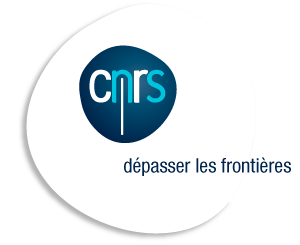MOMAR brings together researchers from the international scientific community to plan a long-term monitoring program on the Mid-Atlantic Ridge in a region south of the Azores. With an emphasis on real-time data retrieval, MOMAR plans to combine long-term monitoring of geological, physico-chemical, and biological activity at hydrothermal vents with broader-scale monitoring of tectonic, volcanic and hydrothermal processes at the ridge axis. These studies will lead to a comprehensive, interdisciplinary understanding of temporal changes in, and linkages among magmatic, tectonic, seismic, hydrothermal, and biological activity at this slow-spreading plate boundary, enabling the development of quantitative, whole-system models of the inter-linked array of mid-ocean ridge processes.
Link to the MoMAR project website
The I MOMAR workshop (Lisbon, 1998) established the scientific basis for longterm observations and monitoring. The key questions identified at that meeting were:
• How does the slow-spreading MOR environment - seismicity, volcanism, hydrothermalism, and the distribution and characteristics of biological populations -
change with time?
• How do these changes affect heat and mass transfer to, and the biological productivity
of, the overlying ocean?
• What are the components and space/time extent of the subseafloor biosphere?
The MOMAR area (36-39°N) was chosen as the preferred site for concentrated, longterm, multidisciplinary studies, with the Lucky Strike segment and vent field selected as the favored target for small-scale studies of hydrothermal and biological processes.
The II MOMAR workshop (Horta, Azores, 2002) had a more technical emphasis with the goals of the meeting to establish technical goals and experimental plans, to better define the geographical scope and targets, to establish criteria for data and site management, and to decide upon the follow-up activities. In addition, it provided the opportunity to update the participants on the cruises and projects that had been carried out since the 1998 meeting, and plan and coordinate additional projects. This effort resulted in two EU-funded projects: the MOMARNET Research and Training Network, and the EXOCET/D technology development program.
Ridge 2000 Mid-Atlantic Ridge Workshop (Providence, RI, USA, 2004) – developed a consensus that the USA would focus its Atlantic studies in the MoMAR region, and this would be proposed as the R2K Integrated Study Site on a slow spreading ridge.
The III MoMAR workshop was convened at the Museu de Ciêcia in Lisbon, Portugal, on 7-9 April 2005 with approximately 80 scientists from 12 countries. The objectives of the III MOMAR meeting (Lisbon, 2005) were to (i) continue the planning process for long-term monitoring while also taking into account and coordinate the additional goals of the EU programs and a Ridge 2000 Integrated Study Site, (ii) design experiments to conduct both in the short-term (~3 years) and in the long-term when a cable or buoy to provide power and data transmission might be in place (i.e., ORION, ESONET), and (iii) develop implementation plans to move these studies forward.
Ridge 2000 Mid-Atlantic Ridge 35°N to ~37.5°N Workshop, Portland, Oregon, USA, March 27-28, 2008. Workshop report
Download the MoMAR Workshop Reports below -
| Attachment | Size |
|---|---|
| momar_rpt2005.pdf | 1.78 MB |
| momar_rpt2002.pdf | 3.3 MB |




